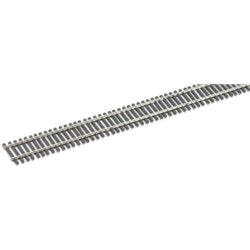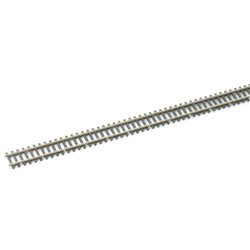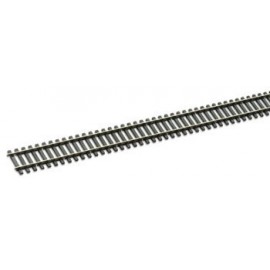To remove glue from a plastic part, here are some effective methods you can try: File it: Use a fine abrasive file...
No products
Product successfully added to your shopping cart
There are 0 items in your cart. There is 1 item in your cart.
Search Tips
Do I need to apply a camber to a tight curve of track on my layout?
Applying a camber to a tight curve of track on your model railway layout can help improve the realism and operation of the layout. A camber is a slight banking or tilt of the track on a curve, which helps to counteract the centrifugal force that pushes trains outward as they go around the curve.
In real life, camber is applied to curves on mainline railways to allow trains to travel at higher speeds with greater stability and safety. Applying a similar camber to your model railway layout can help prevent derailments and improve the overall appearance and operation of the layout.
However, whether or not you need to apply a camber to a tight curve on your layout will depend on a variety of factors, such as the scale of the layout, the size of the curves and the types of trains you are running. In general, larger scales and tighter curves will benefit more from a camber than smaller scales or gentler curves.
Ultimately, the decision to apply a camber to a tight curve on your layout is up to you, based on your personal preferences and goals for the layout. If you want to create a highly realistic and prototypical layout, then applying a camber to tight curves can be an effective way to achieve that goal. If you are more focused on fun and entertainment, then a camber may not be necessary and you can enjoy running your trains around the curves as they are.
Click here to receive the tips weekly in your mailbox. You can unsubscribe at any time.










